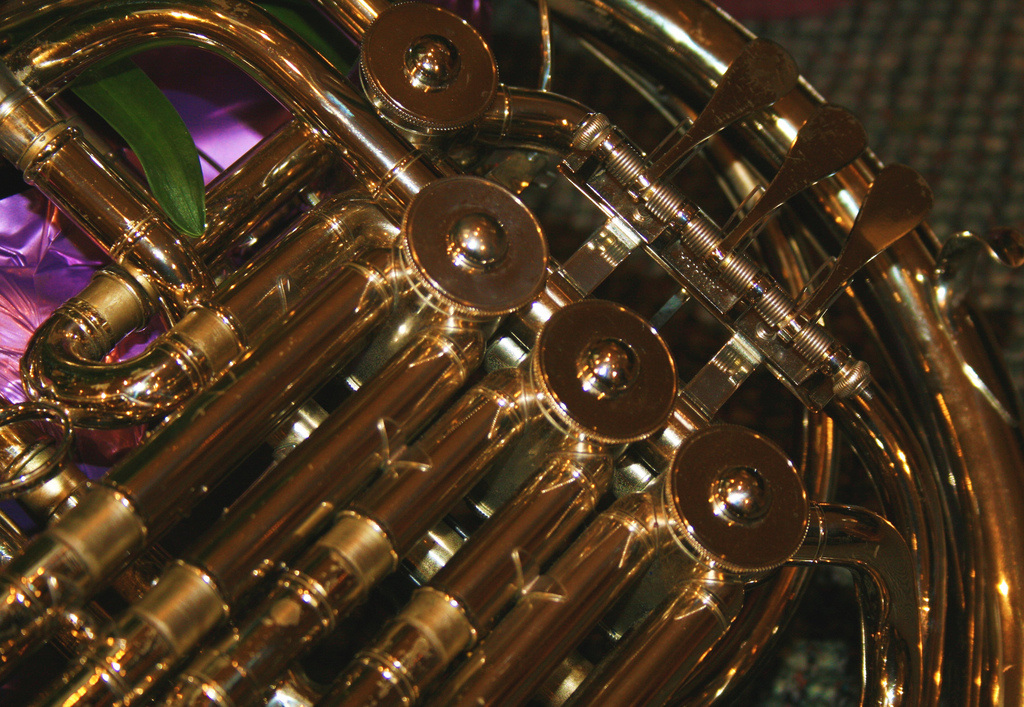Instrument Care and Maintenance
Woodwind Links |
Woodwind Care and Maintenance
|
|
Brass Care and Maintenance
|
Brass LinksCheck out these links below for more specific information for each instrument from WindShoppe.com
TRUMPET HORN TROMBONE TUBA/EUPHONIUM |


